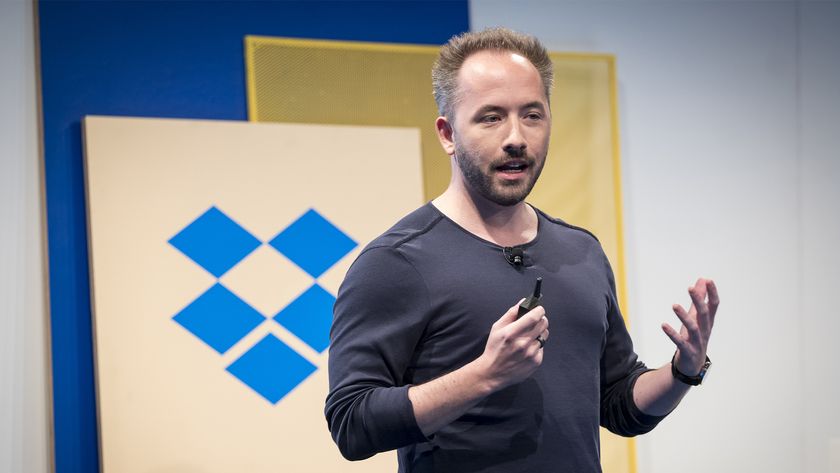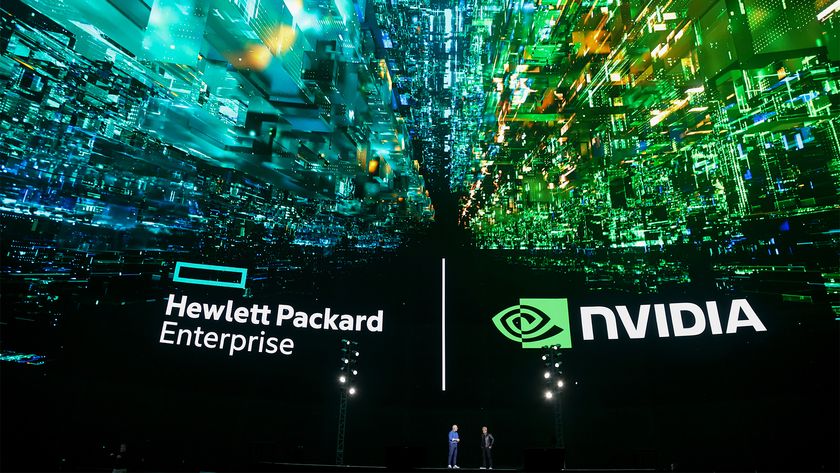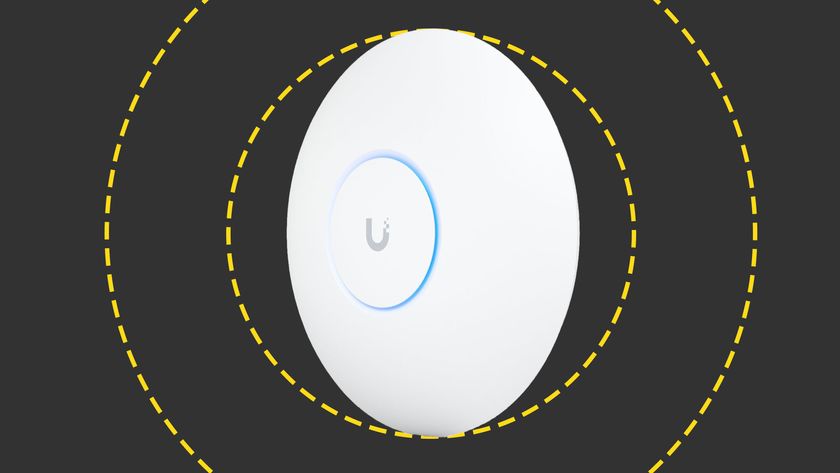You can only work on documents you previously created and downloaded before you went offline. For spreadsheets and presentations, offline access merely means being able to view your existing documents. You can't edit them at all. Gears isn't officially tagged as Beta but its version number is only 0.5, which suggests it hasn't reached maturity yet.
There also has to be a question mark over making a whole office full of people use Google Docs over a single internet connection. Even one user editing moderately-sized documents can make a 2Mbits/sec ADSL connection creak from time to time. Imagine having ten, 20 or 100 users all relying on the same connection to access and edit their documents. What about backup and contingency plans in case the ISP or the phone company have a problem? Workers digging up the road still manage to cut through cables with regular monotony.
Documents are stored on Google's servers rather than on your hard disk. There are several downsides to this. Whether they matter to you must be up to you to decide.
Overseas data and the SLA
Depending on what kind of data you store, you may have to register with the Office of the Information Commissioner (www.ico.gov.uk), formerly the Data Protection Registrar, that you are shipping and processing data overseas. Google does have a "Safe Harbor" registration with the US Federal Trade Commission so you are allowed to use its servers to store and process personal data providing that you register with the Information Commissioner. Without a "Safe Harbor" agreement, it would be illegal to ship personal data to an American company, as the US does not have data protection legislation on a par with that of the UK and EU.
If the Google's servers fail for any reason you could lose access to your documents, perhaps permanently. Google has a Service Level Agreement for its corporate customers that "guarantees" "99.9 per cent uptime". This sounds good until you read the small print. Its definition of "downtime" ignores any break in service of less than ten minutes. This means you could be unable to access your data for nine minutes fifty-nine seconds at a time, many times throughout the month, without it counting as downtime at all.
Scheduled Downtime is also excluded from the agreement and any recompense is in the form of "Service Credit" which adds between three and 15 free days to your subscription, if and only if you ask for it within 30 days of the outage. This, and the confusion in wording between "Google Mail SLA" and "Google Apps Premier Edition", gives Google a huge amount of "wriggle room" to argue it met the SLA while you still get bad service. We're not saying this does or will happen, only that it could with SLA terms as lax as these. Even during testing for this review we got a "Sorry, but we are unable to connect with the service right now" message many times when we tried to access a dialog such as "Print Settings..." or "Insert Table...".













